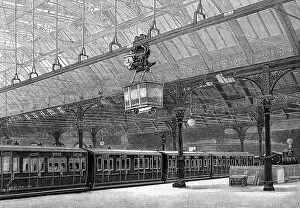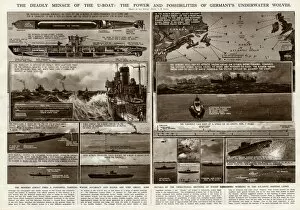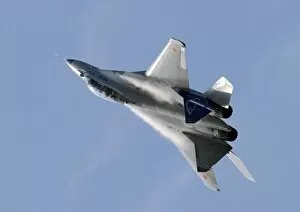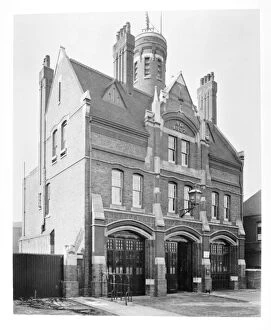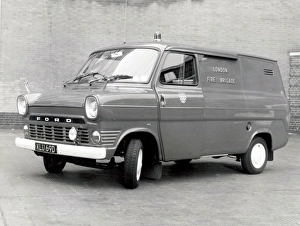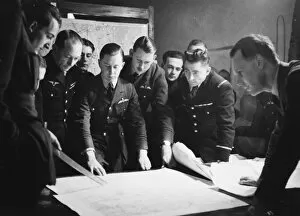Operational Collection (page 3)
"Operational Excellence: A Glimpse into the Past" Step back in time to World War II, where a powerful poster of unity and resilience adorned the streets
All Professionally Made to Order for Quick Shipping
"Operational Excellence: A Glimpse into the Past" Step back in time to World War II, where a powerful poster of unity and resilience adorned the streets. The activities of the 52 (Lowland) Division showcased their unwavering dedication and bravery. In another corner of London, firefighters stood tall with hoses in hand during the LFB annual review at Lambeth HQ. Their commitment to protecting lives and property was evident as they reflected on another year of service. Transport yourself to an era when Marie Lloyd's enchanting voice filled the air, singing her famous song "Oh Mr Porter. " The Camden Round House became a hub for entertainment, bringing joy amidst challenging times. Witness innovation unfold as the LCC-LFB Merryweather self-propelled Fire King pump roared into action. This remarkable piece of machinery revolutionized firefighting techniques and saved countless lives across London. Euston fire station stood proudly in NW London under the watchful eye of LCC-MFB. Its dedicated team worked tirelessly to ensure swift responses to emergencies, providing safety and reassurance to their community. Hatcham saw its guardian angel in LCC-MFB New Cross fire station. Situated in SE London, this station served as a beacon of hope for residents facing perilous situations, offering solace through their heroic efforts. Westminster fire station held its ground in SW London under the jurisdiction of LCC-LFB. With precision and skill, these brave firefighters protected one of Britain's most iconic areas from devastating fires that threatened historical landmarks. Londoners found comfort knowing that LCC-LFB Brixton fire station stood strong in SW8. Its presence symbolized safety within reach for those residing or passing through this vibrant neighborhood. The mass jets at the annual review at Lambeth HQ showcased not only power but also unity among firefighters who faced adversity head-on together—heroes standing shoulder-to-shoulder against any challenge thrown their way.







